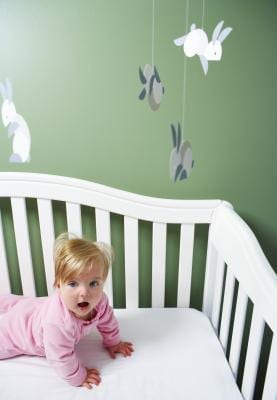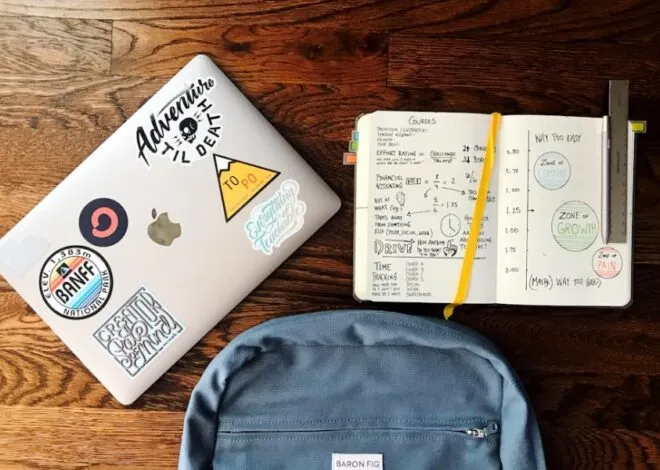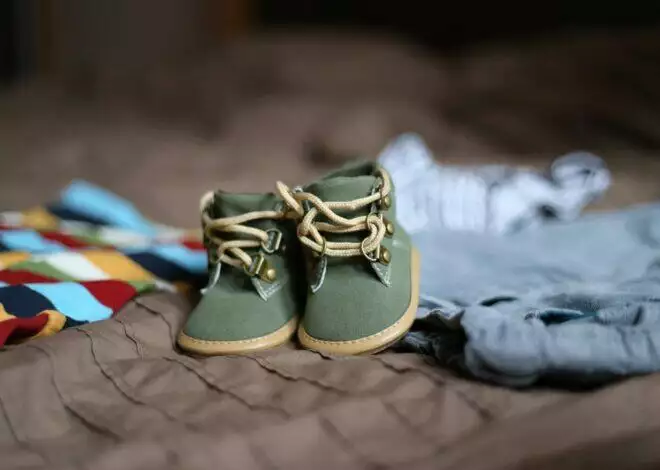Your home contains seemingly innocuous items that could hurt your baby. Smart moms and dads go through the home and look for ways to make the home safer for their child. While there’s no substitute for your watchful eye, and you should make every effort to supervise your children to prevent harm, incorporating specific safety elements in your home can minimize the risk when you aren’t watching.
Step 1
Create a safe bed space for your child. When shopping for a crib, buy one that has slats no more than 2 3/8 inches apart. The sides of the crib should be high — especially if your baby is mobile — and there should be no blankets or toys in the crib, which could accidentally smother your child. After moving to a toddler or regular-sized bed, consider removable guards to keep her from falling out at night.
Step 2
Get a child’s-eye view of your home. Crawl around your home so that your eyes are at about the same level as your child’s. Look for things that might interest him, like electrical cords or tablecloths hanging off the table. Remove these dangers.
Step 3
Purchase furniture that won’t topple over. Young children will use the furniture to pull up and practice walking and older children may be active in the home. Furniture should be solid, heavy and difficult to knock over.
Step 4
Cover all electrical sockets. You can purchase safety covers to go inside the ones that you are not currently using.
Step 5
Lock your cabinet doors. Install child safety locks that make it difficult to open cabinets that contain pots and pans or food items. However, if you have guns or alcohol in the house, place these items in a cabinet that has a lock and key.
Step 6
Keep all dangerous substances out of reach. Even though you may use child safety locks on the cabinet doors, it’s still smart to put dangerous substances like medicines or cleaning supplies well out of the reach of your child.
Step 7
Test your fire alarms regularly and have a fire plan ready. Teach your young children what to do in case there’s a fire. It’s smart to have a fire extinguisher in your home — or several — to put out any small fires.
Step 8
Cover any sharp corners. Tables that have angled edges can harm children that stumble and fall. Place padding around the edges while your children are still young.





